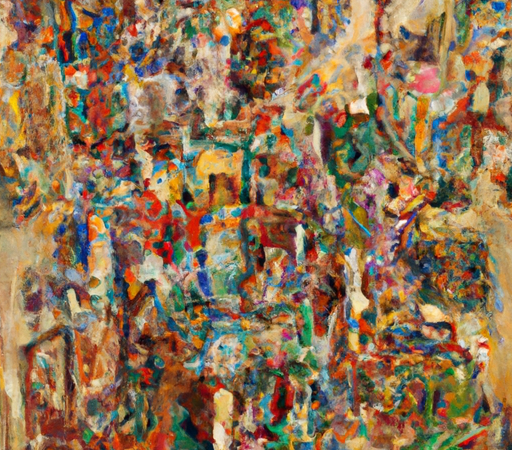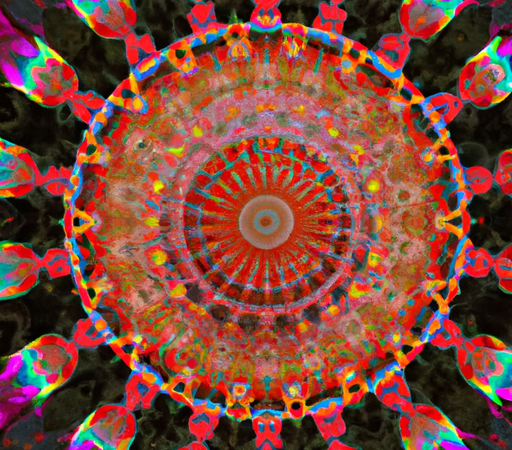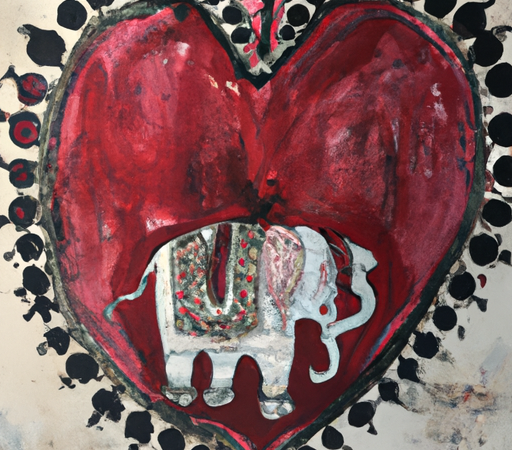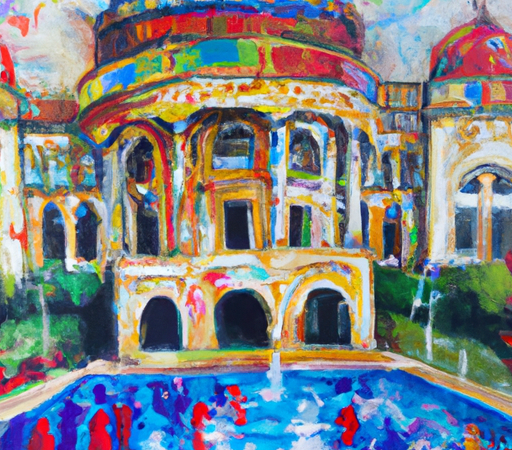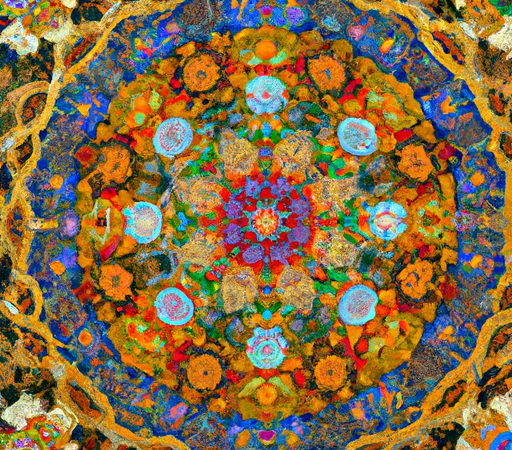The Art of Preservation: Preserving the Legacy of Famous Artworks

The Art of Preservation: Preserving the Legacy of Famous Artworks
Artworks hold immense value and significance in our society. They serve as windows into the past, reflecting the culture and history of different time periods. Famous artworks, in particular, have the power to captivate audiences all over the world. However, these valuable pieces are not immune to the deteriorating effects of time. The art of preservation plays a crucial role in ensuring that these masterpieces can continue to be enjoyed by future generations.
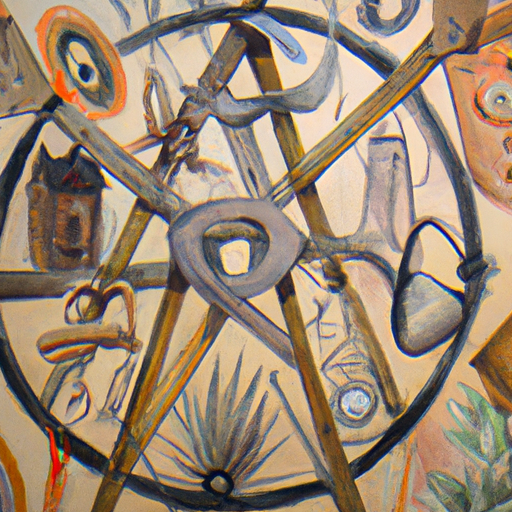
Preserving famous artworks is a complex and delicate process that requires the collaboration of various professionals, including art historians, conservators, curators, scientists, and archivists. Their collective effort ensures that the integrity and authenticity of the original artwork are maintained while protecting it from further deterioration.
One of the main challenges in preserving famous artworks is mitigating the effects of natural aging processes. Many factors, such as light, temperature, humidity, pollutants, and even human touch, can lead to the degradation of paintings, sculptures, or other artistic creations. Preservation experts employ a range of techniques and technologies to prevent or slow down these damaging effects.
For instance, controlling the environment in which the artwork is displayed or stored is critical. Strict measures are taken to regulate temperature and humidity levels to prevent the growth of mold or the warping of delicate materials. Proper lighting choices and UV filters are implemented to minimize fading or discoloration caused by exposure to light.
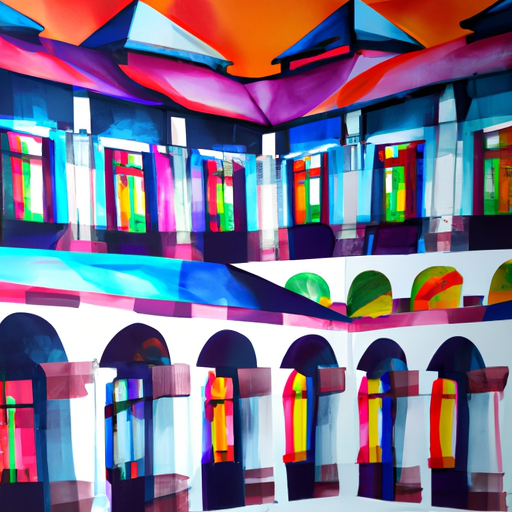
Another essential aspect of preservation is the cleaning and restoration of artworks. Over time, dirt, dust, or previous restoration attempts may accumulate on the surface, obscuring the original colors and details. By applying specific cleaning agents and techniques, conservators can carefully remove these layers without causing any damage. Restoration, on the other hand, involves repairing or recreating missing or damaged parts of the artwork, often using reversible materials to ensure that the original can still be discerned.
Advancements in technology have played a significant role in enhancing the preservation process. Scientific analysis, such as X-ray imaging or infrared reflectography, allows art historians and conservators to investigate beneath the surface of paintings, revealing hidden layers, alterations, or structures. Non-invasive imaging techniques, like 3D scanning, can also capture intricate details of sculptures or installations, helping to document and preserve them more accurately.
Preserving famous artworks goes beyond physical conservation. It encompasses documenting, cataloging, and archiving as well, ensuring that each piece is thoroughly recorded and studied. This documentation serves as a valuable resource for scholars, helping them understand an artist's technique, materials, and creative process. It also aids in authentication and provenance research, thereby preserving the legacy and reputation of the artwork and artist.
Ultimately, the preservation of famous artworks is a multifaceted endeavor that requires a delicate balance between conservation and accessibility. The goal is not merely to safeguard the physical object but also to ensure its cultural and historical value remains alive. By preserving these masterpieces, we are preserving relics of human creativity, cherished symbols of our past, and invaluable sources of inspiration for future generations.

